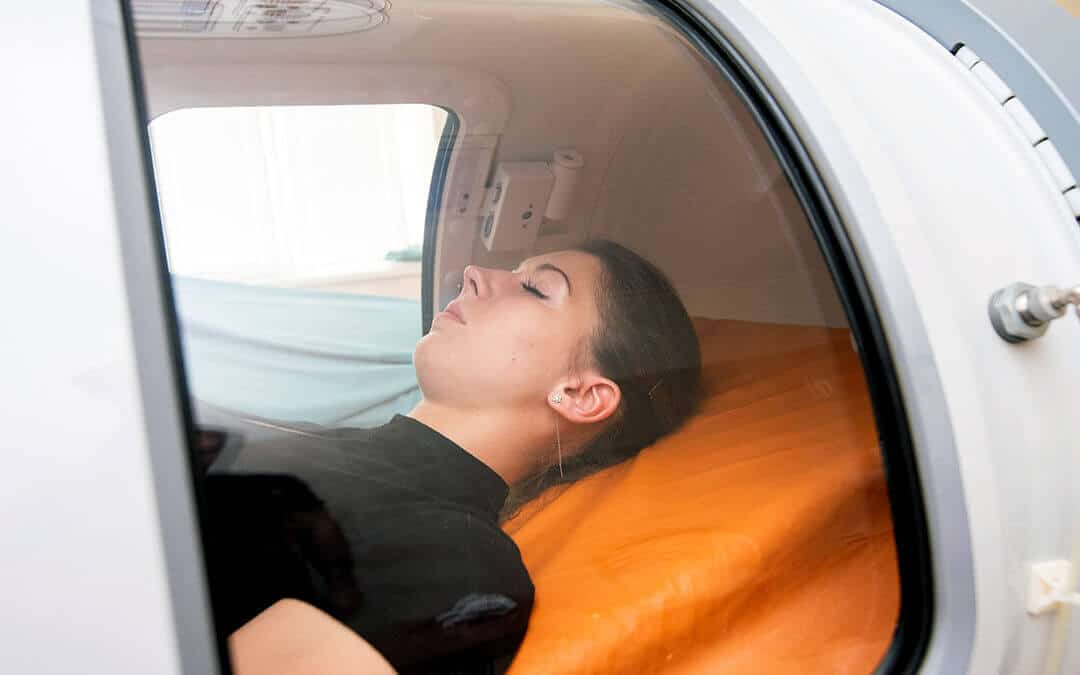Since the 1990s, opioid misuse and addiction have ravaged America. It’s such a serious problem that in 2017, the HHS declared it a public health emergency. According to statistics from the HHS, 10.1 million people misused highly addictive prescription opioids. Similarly, 1.6 million people misused prescription pain relievers. And devastatingly, two out of three drug-related deaths involved an opioid in 2018.
Luckily, there is hope. As of 2018, 1.27 million Americans are receiving medication-assisted treatment for opioid addiction across the 14,000+ substance abuse facilities in America.
One of the most promising treatments for opioid addiction nowadays is hyperbaric oxygen therapy.
What Are the Benefits of Hyperbaric Oxygen Therapy?

Hyperbaric oxygen therapy (HBOT) is known to be an effective treatment for many different conditions. It can treat wounds and reperfusion injuries. HBOT can also strengthen immune systems and even form new connective tissues. Hyperbaric oxygen therapy delivers oxygen-rich plasma to cells starved of oxygen. In doing so, it disables certain toxins, decreases tissue death and stops the release of oxygen radicals that can stop blood flow.
But in a recent study, a research team at Washington State University set out to test if HBOT would have positive effects on those living with opioid addiction. The results are promising, to say the least.
Of 31 patients, those who had received HBOT were able to maintain a “significantly larger dose reduction of 4.3 mg three months after the study.” Those who did not receive HBOT reported 0.25 mg in comparison. The team also noted that those who had received the therapy reported half the level of withdrawal symptoms experienced by those in the control group.
A second study, published in Pain Management Nursing, closely analyzed the withdrawal symptoms of their eight participants. Those who received HBOT reported lower pain intensity and drug cravings. They also saw improvements in other outcomes, such as sleep quality and mood.
The study’s co-author, Matthew Layton, a professor at the WSU Elson S. Floyd College of Medicine, stated that HBOT could potentially decrease relapses. He says, “Our findings suggest that hyperbaric oxygen therapy could potentially be used as a non-pharmacological tool…” The goal of doing so would be that patients would use less methadone while tapering.
You can learn more about the studies investigating the effects of HBOT in people living with opioid addiction here.
What Is Hyperbaric Oxygen Therapy?

HBOT was first used in the early 20th century by Orville Cunningham. Using HBOT, he successfully treated someone dying from the flu by using pure oxygen.
Hyperbaric oxygen therapy uses two types of chambers:
- Monoplace chambers are long, plastic tubes, used by a single patient at a time. Once inside, the chamber pressurizes with 100% oxygen.
- Multiplace chambers are chambers or rooms that can fit two or more people at a time, but the treatment is largely the same. The only real difference is that the patients will breathe 100% oxygen through a mask or hood. These sessions can last up to two hours. The patient will lie down or sit and relax while taking deep breaths.
Patients will often need multiple sessions. Insurance may or may not cover HBOT.
Oxygen for Hyperbaric Oxygen Therapy Near Me
Is your business looking for medical-grade oxygen and other gases? At CalOx, we make it easy to get the gases you need when you need them, via subscription or delivery. We’ve been delivering medical oxygen to Los Angeles since 1936. With dependable deliveries and services, we’re your number one source for medical-grade gases.
